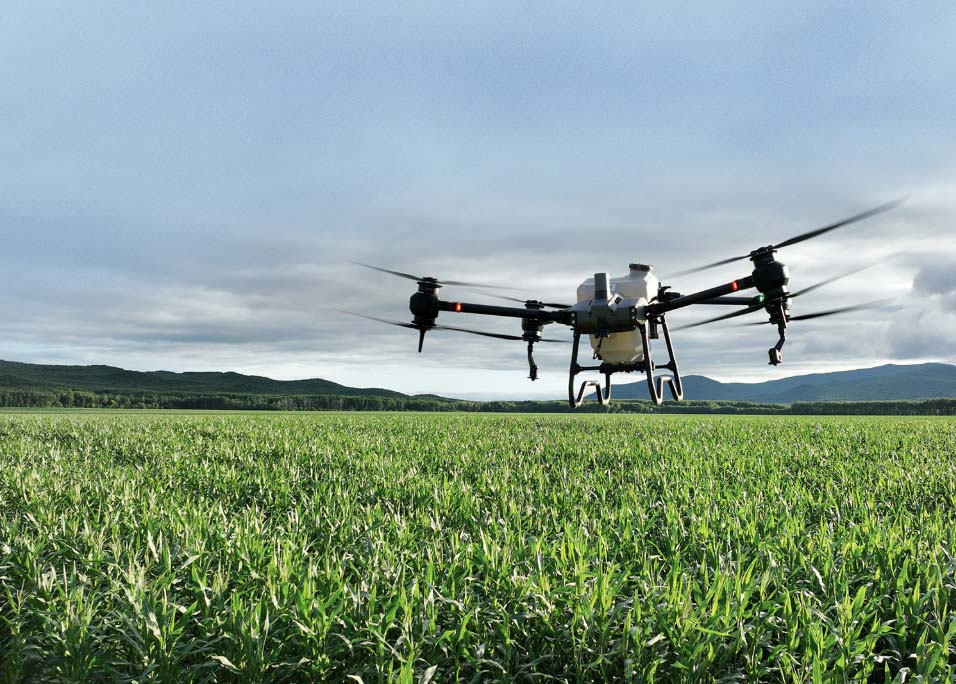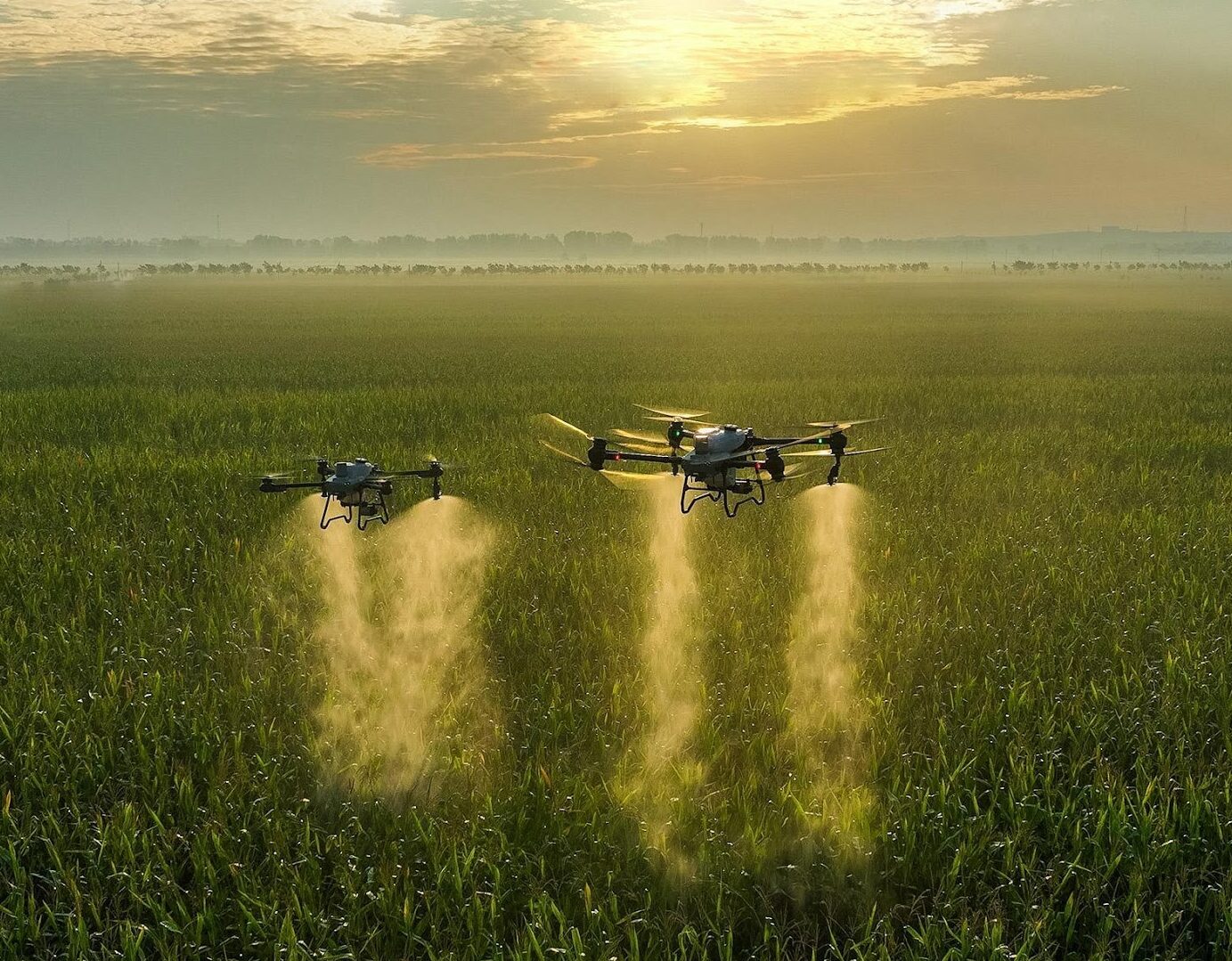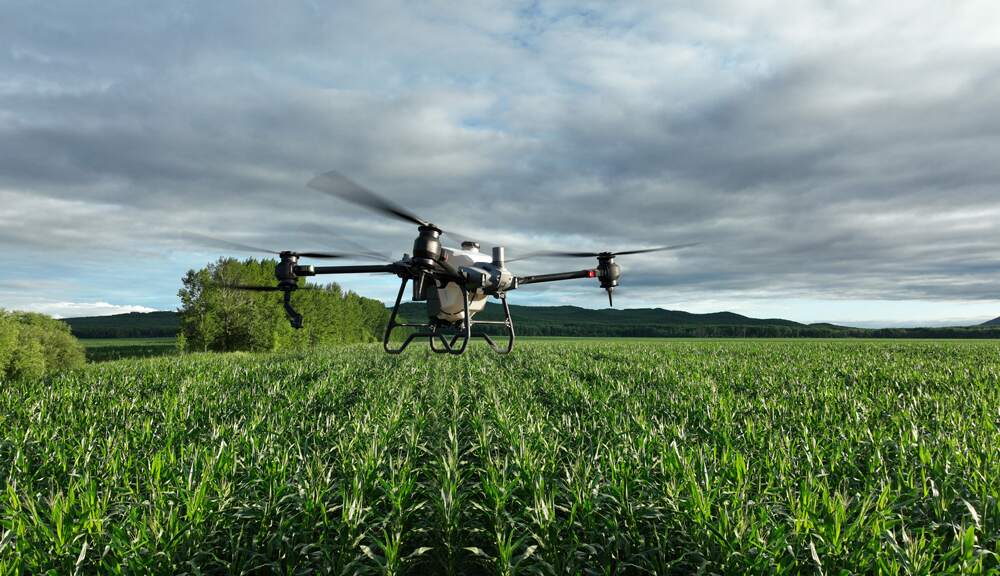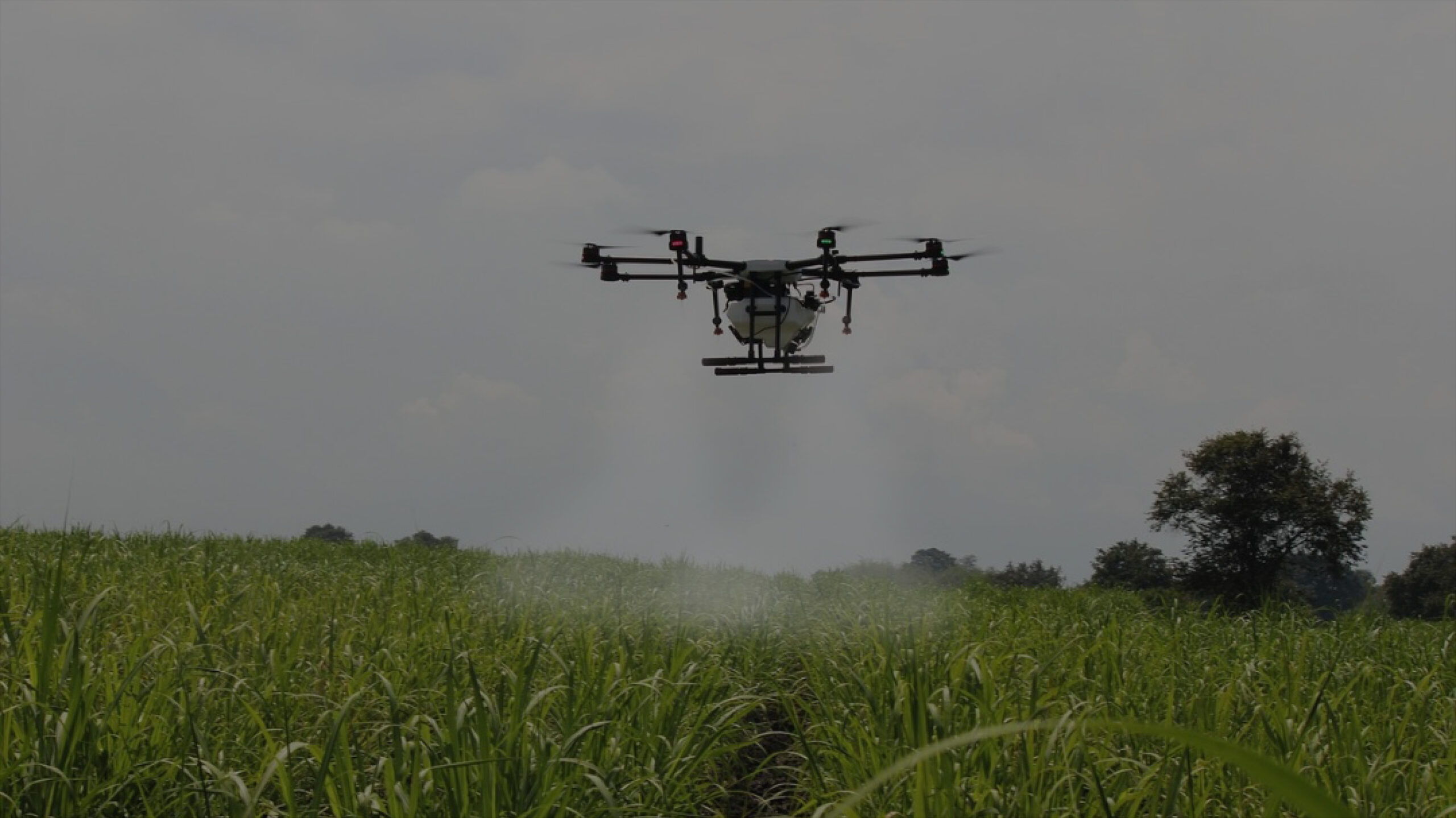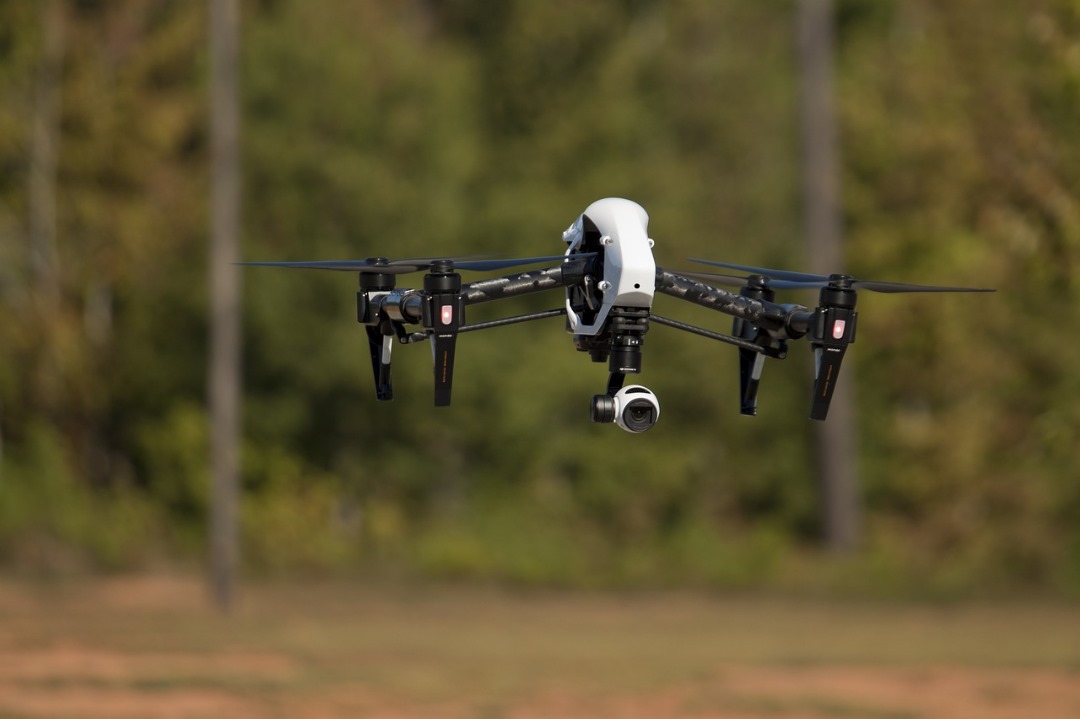
Agriculture at a Crossroads
East Africa’s farmers face a paradox. Agriculture sustains the majority of the population, yet it is also the sector most exposed to climate shocks. Unpredictable rainfall, flash floods, prolonged droughts, and shifting pest pressures are no longer rare- they are the new normal.
In Tanzania, where roughly 65% of people depend on farming, even a single failed season can ripple through entire communities. Adapting to this reality requires more than traditional coping mechanisms. It demands data-driven, climate-smart agriculture. This is where drones are reshaping the future.
Precision Water Management in a Time of Scarcity
Water scarcity is one of the sharpest expressions of climate change. Farmers cannot rely on rain-fed systems alone, and poorly managed irrigation can waste precious resources.
Drones are uniquely suited to this challenge. Through aerial mapping and terrain modelling, they reveal drainage patterns, detect leaks in irrigation infrastructure, and identify dry or waterlogged zones invisible at ground level.
Specialist Drone Services has already delivered irrigation surveys covering over 130,000 hectares across Tanzania’s regions of Mbeya, Morogoro, and Dodoma. These maps do more than provide visuals—they guide investment decisions, help prioritize maintenance, and ensure that every drop of water counts.
Anticipating Stress Before It Spreads
Climate change alters the distribution of pests and diseases. Warmer, wetter conditions fuel outbreaks of fall armyworm, locusts, and fungal infections that can devastate harvests. Waiting until symptoms are visible often means it is already too late.
Multispectral drone imaging changes the game by detecting subtle shifts in plant vigor long before the human eye can. These early warning systems allow farmers to intervene precisely-whether through targeted spraying, nutrient adjustment, or irrigation tweaks-saving yields and reducing reliance on broad-spectrum chemical use.
Reducing Agriculture’s Carbon Burden
Adaptation must go hand in hand with mitigation. Traditional ground spraying with tractors consumes diesel, compacts soils, and often requires multiple passes. Drones reduce this footprint significantly:
- Fewer field passes mean lower emissions and less soil disturbance.
- Up to 30% reduction in input use translates into lower embodied carbon from fertilizers and chemicals.
- Optimized application reduces runoff, protecting downstream ecosystems and communities.
For East Africa, where agriculture both drives and suffers from environmental change, these reductions are not marginal-they are essential.
Human and Ecological Safety
Adaptation strategies must also safeguard people and biodiversity. Drone spraying removes farmers from direct contact with chemicals, improving occupational health and safety. At the same time, the ability to localize applications protects non-target areas, leaving space for pollinators and beneficial insects to thrive.
This dual benefit-protecting human health while supporting ecosystem services—is critical in a region where both people and biodiversity are under mounting pressure from climate change.
Building Resilience Across East Africa
While drones are not a silver bullet, their versatility makes them a cornerstone of climate-resilient agriculture. From tea estates in the highlands to sisal plantations in Morogoro, Specialist Drone Services-licensed by the Tanzania Civil Aviation Authority (TCAA)-has shown that drone technology scales across crops, landscapes, and farming systems.
The benefits cascade: better water use, healthier crops, reduced losses, safer practices, and stronger yields. Taken together, they form a toolkit that allows East African farmers not only to withstand climate stress but to thrive in spite of it.
Looking Ahead
Climate change will not wait for farmers to adapt gradually. It requires tools that deliver both immediate and long-term resilience. Drones provide exactly that: rapid insights, precision interventions, and scalable solutions.
As adoption expands, East Africa has the chance to leapfrog into a model of agriculture that is not just about survival but about sustainability and competitiveness in a changing world.

